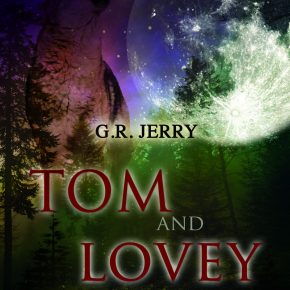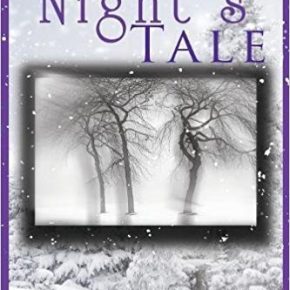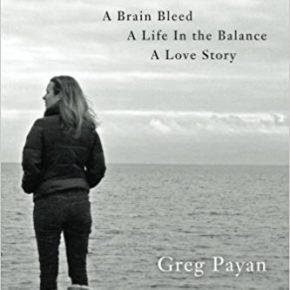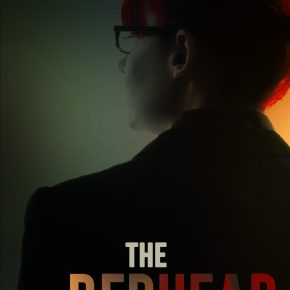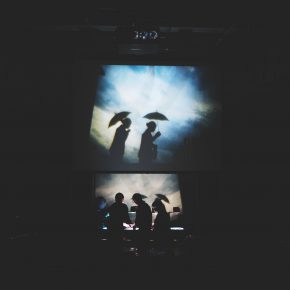Chosen
noun: immigrant; plural noun: immigrants
a person who comes to live permanently in a foreign country. (Google dictionary)
“Most don’t think of adoptees as immigrants. They don’t arrive by what we have come to believe are the current means of immigration. They are, after all, chosen.” –Sheryl J. Bize-Boutte
I vividly remember when I first saw her. I was seven and she was eight. Her yellow petticoated dress glowed amber in the sunlight behind her as though she had arrived on a sunbeam. Although the almost blinding light obscured her facial features, I could see that her dark straight hair was neatly parted down the middle, providing a pathway for the two thick long braids that lightly brushed her waist. But it was her welcoming smile that broke through all of that with a singular brightness of its own and captivated me immediately.
It was her first day in America. The unwanted child of a Japanese woman and an African American soldier, she had been among the countless babies who had been abandoned at orphanages in Japan after the war. Having no children of their own, my career Army godfather and godmother had adopted her on one of their many trips to Japan. By the time she and I would meet for the first time, her Japanese name had been erased and replaced with the name Cassandra.
As I moved closer to her to get a better look, her smile never wavered. She spoke little English at the time, but we did not need words. My godmother stepped in between us and handed each of us a small jewelry box. We simultaneously opened them to find matching rings she had purchased on a recent trip to Istanbul. Grinning, we each put on our rings and in that sunbathed impromptu ceremony we became sisters for life. On that day, it never occurred to me that this meeting and the rings had been in the planning stages for some time.
We spent our childhoods playing together whenever our parents visited each other. We missed each other when we were apart but had no control over our meeting frequency. Cassandra remained very much Japanese, quietly keeping her own counsel, while she slowly explored her African American heritage. Sometimes she would show me her photo album from the orphanage, full of the mixed race children that Japanese mothers did not want or could not keep. My godparents had chosen her out of all of those unwanted Amerasian children looking expectantly into the camera lens, with eyes full of hope and longing. I often found myself looking more at the beautiful Japanese clothing they wore to avoid those eyes. With the exception of showing me the album once in a while, Cassandra rarely spoke of her time in the orphanage or of her biological parents.
Much later I would learn that Cassandra had been born in Gifu City, Japan, known as the “crossroads of Japan” due to its location in the center of the country. It would be this central location that would cause Gifu City to be the target of relentless and heavy bombing during World War II. During the American “occupation” and reconstruction of Japan from1947 to 1952, thousands of mixed race children were born to U. S. servicemen and Japanese women. Cassandra was one of these children.
Some of the Japanese mothers simply left their mixed race, mainly African American-Japanese, or as they were called “hofu” children on the street. Many were taken to the Elizabeth Saunders Home, a Christian orphanage founded in 1948 by Miki Sawada and named for her major benefactor, Elizabeth Saunders. This orphanage specialized in the placement of unwanted African American-Japanese children with American families. The thought at the time was there was no possible way to assimilate these “hofu” children into Japanese society; they were simply not wanted. For Miki Sawada, that meant they had to be rescued and returned to their native land in America.
Although I don’t know whether Cassandra was a resident of the Elizabeth Saunders Home, I now think it is very likely she was, and I may have been looking at an album of pictures from that very orphanage on my visits with her. In that sea of smiling and longing faces, I may have been looking at a little girl who was then known by her Japanese name, Masako.
As we grew, we became solid “God sisters,” and as budding teenagers, spent countless hours steaming our faces with hot washcloths to banish breakouts. We used gallons of Noxzema and thought of it as a miracle cure. Even though I don’t remember it really doing much to banish the bumps, we reveled in the routine and the promises made on the jar. We always swore we looked better after one of our “treatments.” We had many sleepovers at her house; I don’t remember her ever coming to mine. That was fine with me. I did not want to share her with my four younger sisters anyway and besides, I got to be the little sister when I was with her.
We both met the loves of our lives in our late teens and made our entries into early womanhood during the Black Power movement of the 1970’s. Under strict parental orders to shun militancy, we were simultaneously frightened and enthralled by changes taking place and wore dashikis and black leather jackets to support the cause. With the danger infected courage of the Black Panthers, Angela Davis and Huey P. Newton in our surrounding atmosphere, I served as her matron of honor while my new husband played the conga drums at her African themed wedding.
She was the first to have a child and would have four to my one. We both would get college degrees: mine in English and hers in Child Development. With her degree in hand she started a daycare business called San’s Childcare. My then baby daughter would be among the first to receive the benefits of her loving care. She became my daughter’s second mother and instilled many valuable traits from infancy through early teenage years. When I was climbing the work ladder, it was Cassandra who supported me in teaching my daughter many things woman and many things strong. When I could not be there, Cassandra made sure that all was well at school, the homework was done, the scratched knee was bandaged and the meals were healthy. She was a precious gift sent to accompany me on that vital part of my motherhood journey. My daughter was a part of her family and we both knew we were blessed to be in her presence.
All too soon the children would grow up and Cassandra would decide to retire from the childcare business. The children she had taken under her wing had all arrived as infants and reached their preteen years at the same time. The time had come for them to leave the nest and fly on their own.
On one of my last trips to pick up my daughter, I encountered Cassandra and her husband on the sidewalk in front of their house. She was again back-lit by the bright sun and I could only see her outline, moving toward me with a slow and unfamiliar gait. As they got closer and her face came into view, I asked how they were doing. “OK, she said. I just have a little cancer.”
Matter of fact.
Just like that.
Everything stopped: The cars on the street were no longer moving; Charlie across the way was suspended halfway up his front stairs; the dogs next door ceased their incessant barking; everything but Cassandra fell away. She had to go in to the house and tell her children. I had to tell my daughter. I told her she would be all right and that I was there to do anything she wanted. She hugged me and without looking back, walked up the steps and through her front door. She and my unknowing daughter passed each other at the threshold and hugged each other tight as they said their goodbyes. I held my tears until I arrived at home.
Cassandra fought her disease with all of her might. When we would visit her in the hospital during and after her treatments, I would try my best to make her laugh. But soon it became clear that the treatments were not having the desired effect.
And so, in an effort to save her, her husband moved Cassandra and their family to his hometown of Nashville, Tennessee where the world-renowned cancer specialists at Vanderbilt University could treat her. Things would go from good to bad again and back for some time until bad stayed much too long.
In what would be my last conversation with her, with the sounds of her children in the background, and barely able to speak, she told me there had to be something she could do. That she did not want to just lie there and die. I told her how much she meant and would always mean to me, from the day I saw her in the sunlight with the long braids and the smile. Then we laughed and talked about Noxzema and dashikis and how we both still had our rings and about being true sisters. I thanked her for sharing her light and helping to make my daughter the beautiful loving person she had become. I told her I would always be there for her children as she had always been there for my child. She took a breath and I could hear through my own tears that she was crying as well. Then she said, “Thank you so much. You don’t know how much your words mean to me. I love you.” “I love you too, Cassandra, I said, and I will see you later.” Her last words before we hung up the phone, were, “I will see you later, too.”
Two days later, I received a tearful call from her youngest daughter. All she said was, “Mommy didn’t make it.” At the young age of 44, a loving wife, devoted mother and my treasured sister was gone.
As her children began to re-group and return to California, I have kept my promise to always be here for them. Although they are all grown up now with children of their own, and I don’t see them much, the bonds are strong and deeply rooted.
I think of my chosen sister often and miss her still. And each day, with the rising sun, little Masako continues to share her light with us all.
Copyright©2018 by Sheryl J. Bize-Boutte

